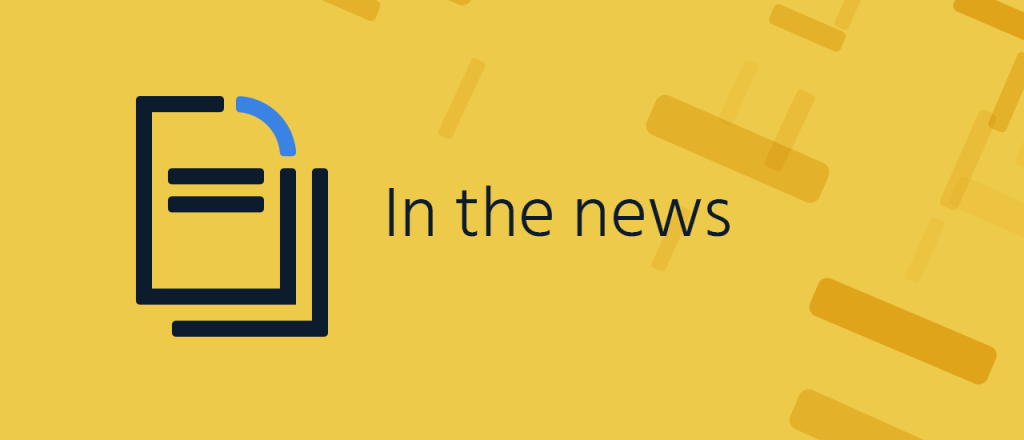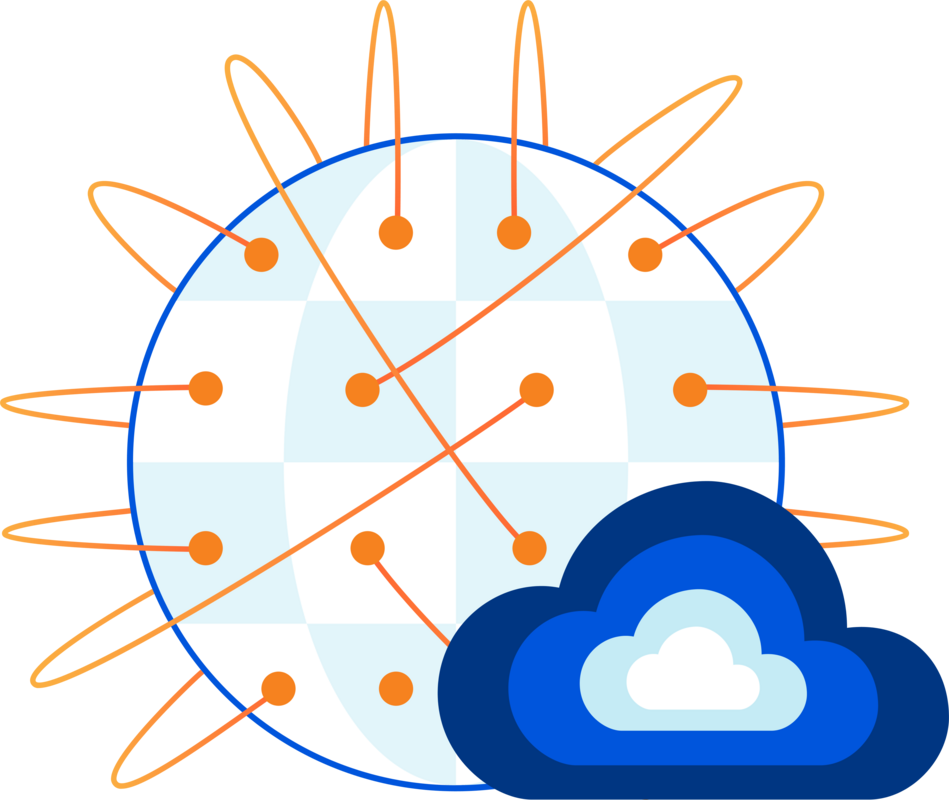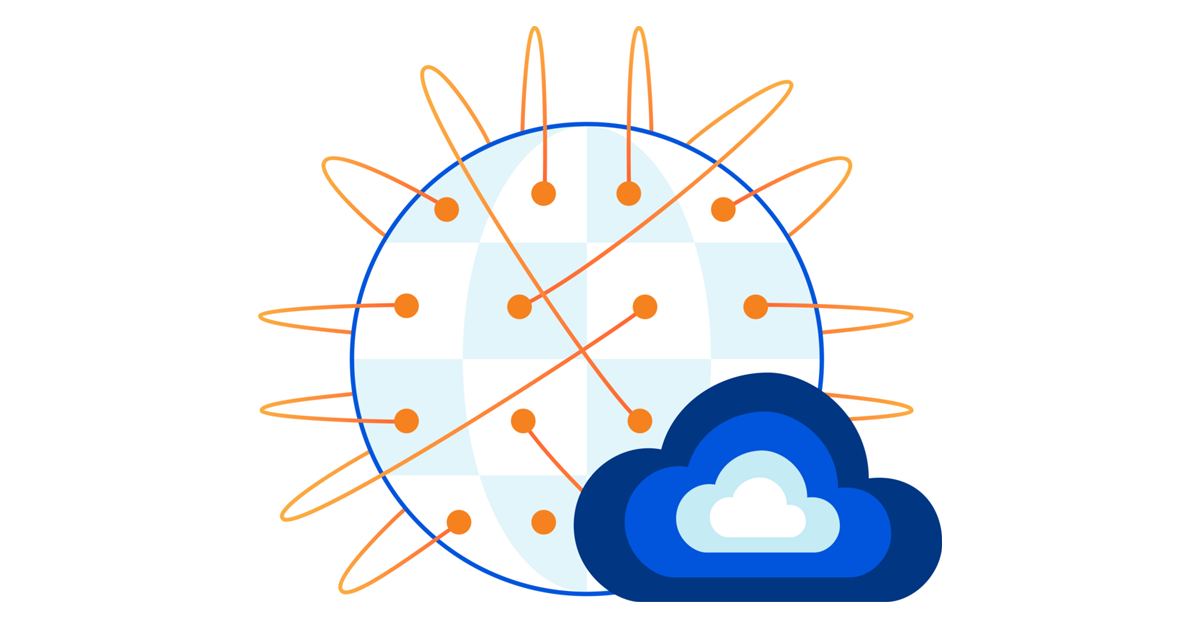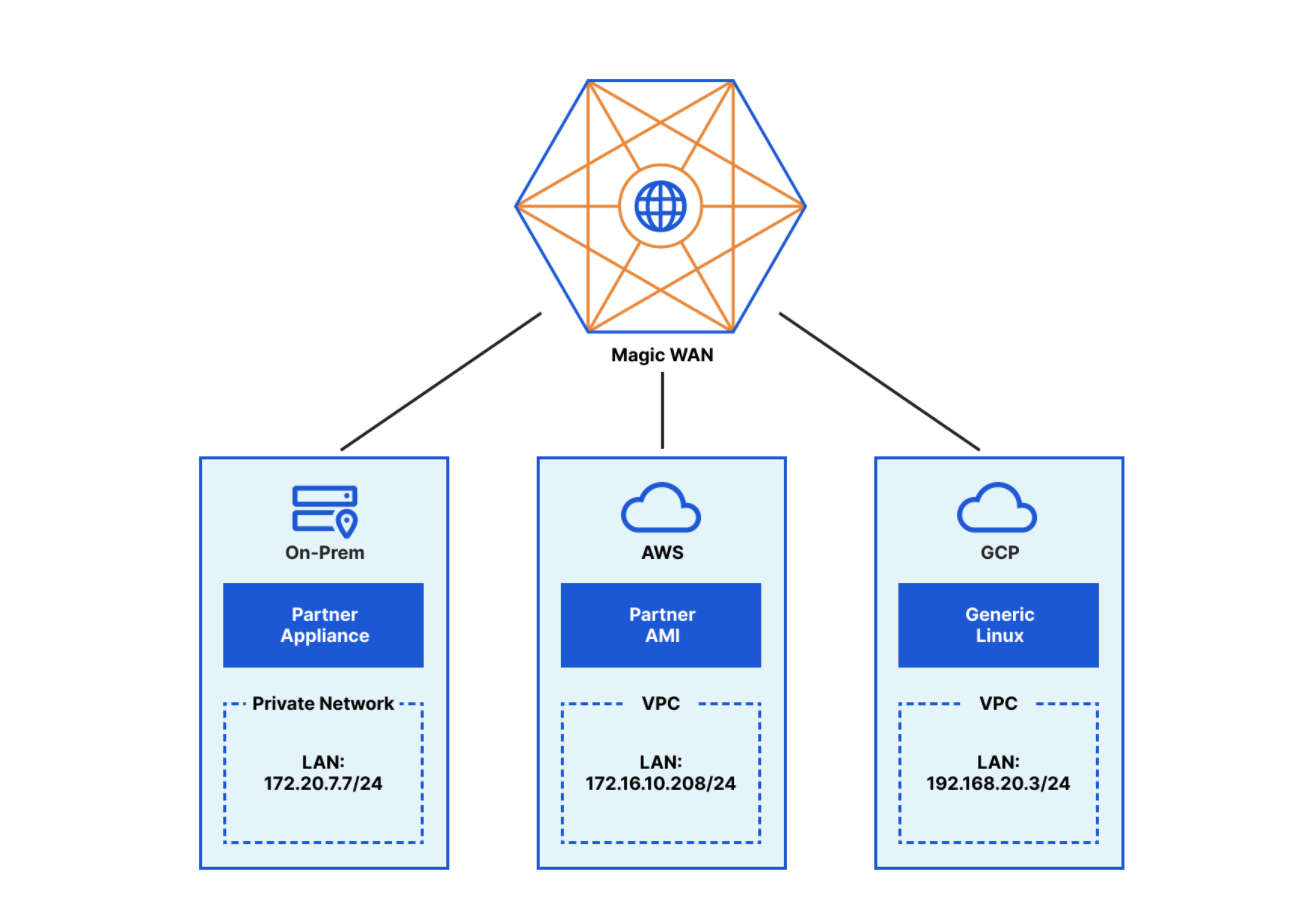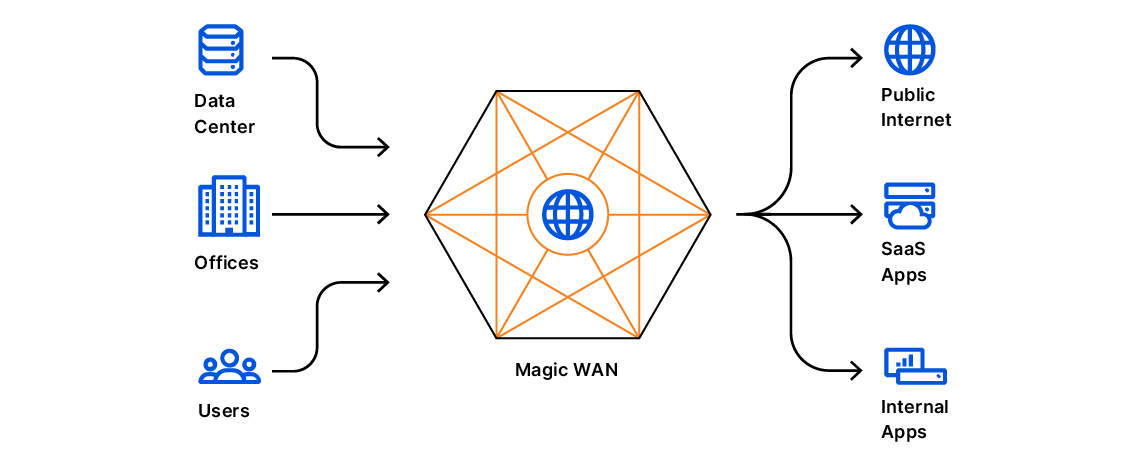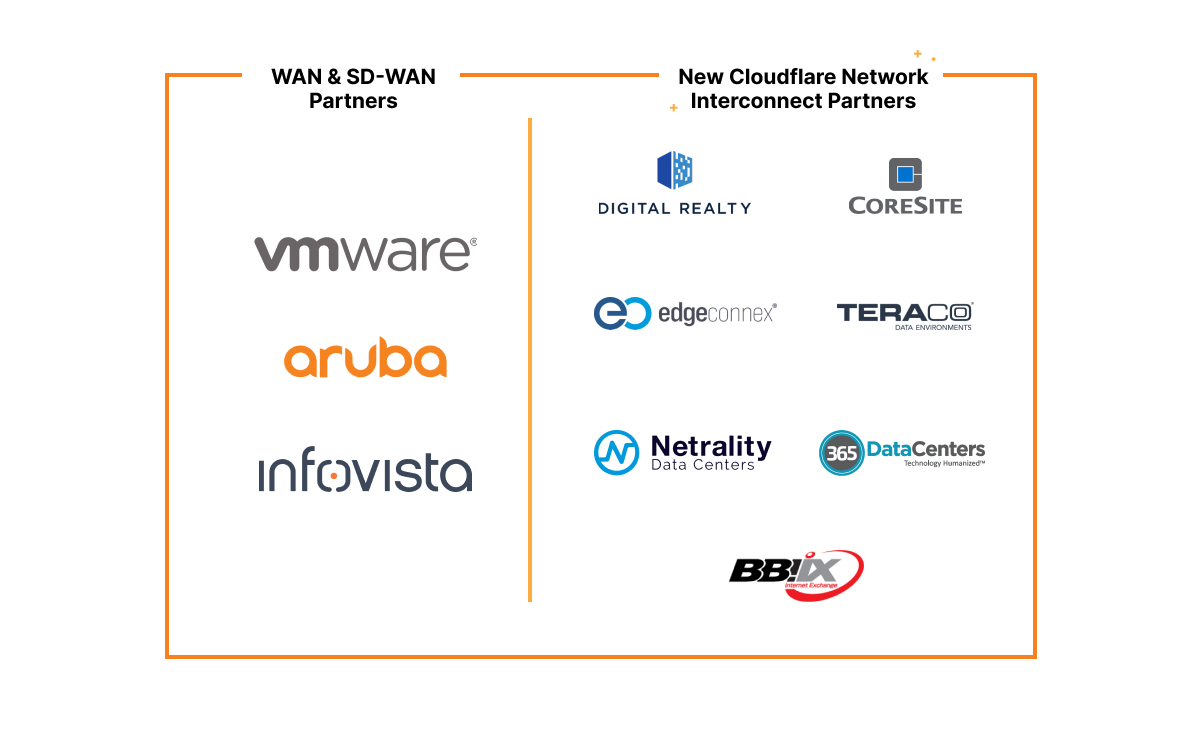What’s on your network?
If you’d like to know what systems and devices are attached to your local network—whether out of security concerns or simple curiosity, Linux has some really great commands for providing answers. In this post, we’ll probe a small network and see how devices can be identified.nmap The first tool we’ll use is nmap, which stands for Network Mapper, an open source tool for exploring networks and doing some serious security auditing. It was designed to work quickly even on large networks and provide information using raw packets to identify hosts, services, and sometimes even operating systems.The simple scan shown below is detecting systems and devices on the local network. The “/24” portion of the target address indicates that all hosts in the 192.168.0.x IP address range are to be included.To read this article in full, please click here



